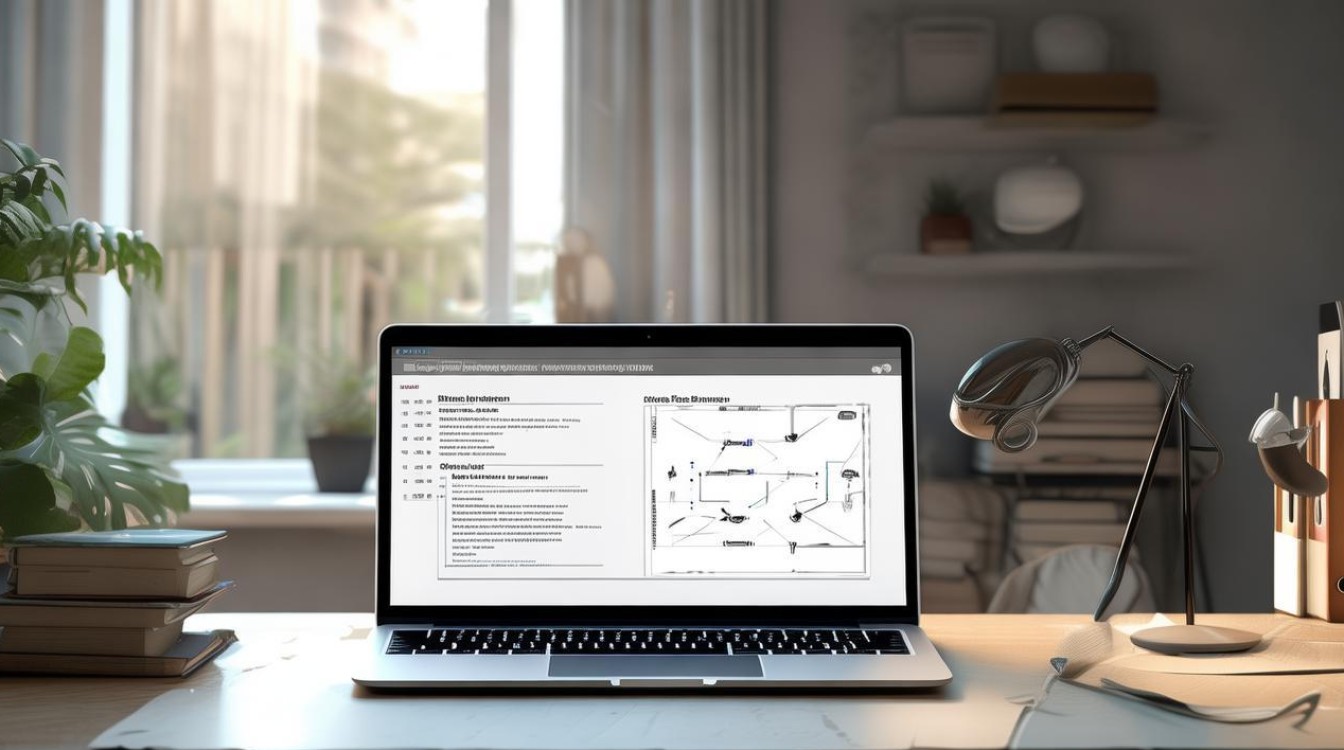雅思写作考试中,混合类题型(Mixed Type)要求考生同时讨论两种或多种观点、现象或问题,这类题目常见于Task 2,“Some people believe that technology has made our lives easier, while others argue it has caused more problems. Discuss both views and give your opinion.” 面对这类题目,合理的分段和逻辑推进是高分的关键,本文将详细解析混合类作文的分段策略,帮助考生在考场上快速构建清晰、有力的文章结构。

混合类作文的核心特点
通常包含两个对立或相关的观点,考生需要做到:
- 平衡讨论:不偏袒某一方,客观分析双方论点。
- 逻辑衔接:段落之间过渡自然,避免生硬转折。
- 明确立场:在结尾清晰表达个人观点,避免模棱两可。
这类题型的分段方式直接影响文章的连贯性(Coherence and Cohesion)和任务完成度(Task Achievement),因此必须精心设计。
四段式结构:经典且高效
对于混合类作文,四段式结构(Introduction→Body 1→Body 2→Conclusion)是稳妥的选择。
引言段(Introduction)
开门见山,包含三个要素:

- 背景句:简要引入话题,避免泛泛而谈。
例:Technological advancements have profoundly reshaped modern society. 改写*:用同义替换明确讨论对象。
例:While some argue that these innovations simplify daily routines, others contend they introduce new complexities.* - 立场预告:暗示个人倾向,但不展开。
例:This essay will examine both perspectives before concluding that the benefits outweigh the drawbacks.
注意:避免在开头直接抛出观点,否则后续讨论会失去悬念。
主体段1(Body 1)
详细阐述第一个观点,采用“论点+论据+例证”的递进模式:
- 主题句:明确本段立场。
例:Proponents of technology emphasize its role in enhancing efficiency. - 论证扩展:用2-3句话解释原因,可结合因果、对比等逻辑。
例:Automated systems reduce manual labor, allowing individuals to focus on creative tasks. For instance, AI-powered tools can process data in seconds, a task previously requiring hours. - 细节支撑:具体案例或数据增强说服力。
例:A 2023 OECD report showed that 78% of professionals credited digital tools for improved productivity.
主体段2(Body 2)
讨论对立观点,但需注意两点:
- 逻辑衔接:用过渡词引出转折(However, On the other hand)。
例:Critics, however, highlight the societal costs of over-reliance on technology. - 反驳预留:为后续个人观点埋下伏笔。
例:Excessive screen time is linked to declining mental health, particularly among adolescents (WHO, 2022). Yet, such issues often stem from misuse rather than technology itself.
关键技巧:在Body 2末尾轻微质疑该观点的局限性,自然过渡到结论段。

结论段(Conclusion)
简洁重申双方论点,并明确个人立场:
- 避免重复:用新表述总结核心争议。
例:While technology undeniably creates challenges, its capacity to solve problems remains unparalleled. - 立场清晰:直接回答题目要求。
例:Governments and individuals should prioritize responsible usage to maximize benefits.
禁忌:不要引入新论点或使用模糊表达(如“Both sides have merits”)。
五段式进阶:复杂题目的应对策略
涉及多个分论点或需要更深入分析,可采用五段式:
- Introduction
- Body 1:观点A的积极面
- Body 2:观点A的消极面
- Body 3:观点B的综合分析
- Conclusion
例如讨论“远程办公的利弊”:

- Body 1:提升灵活性(节省通勤时间)
- Body 2:削弱团队协作(沟通效率下降)
- Body 3:企业视角(成本节约 vs. 管理难度)
这种结构适合论点交叉的题目,但需严格控制每段篇幅,避免超时。
分段中的常见错误
- 段落长度失衡:某一段落过长会导致逻辑权重失调,建议每主体段控制在80-100词。
- 立场摇摆:结论段突然推翻前文分析,显得自相矛盾。
- 衔接生硬:滥用Firstly/Secondly,应改用Moreover, Conversely等体现逻辑关系的词。
- 例证空洞:泛泛而谈“many studies show…”缺乏可信度,应虚构但合理的具体研究(如“A Cambridge University survey (2021)”)。
个人观点
雅思写作的本质是展示逻辑思维能力,而非堆砌复杂词汇,混合类题目尤其考验考生平衡讨论与坚定立场的能力,建议在练习中刻意使用“让步反驳”技巧(Admittedly…, but…),并录制写作过程视频以分析时间分配问题,清晰的段落划分会让考官迅速抓住文章脉络,这是从6分跃升至7分的关键一步。

